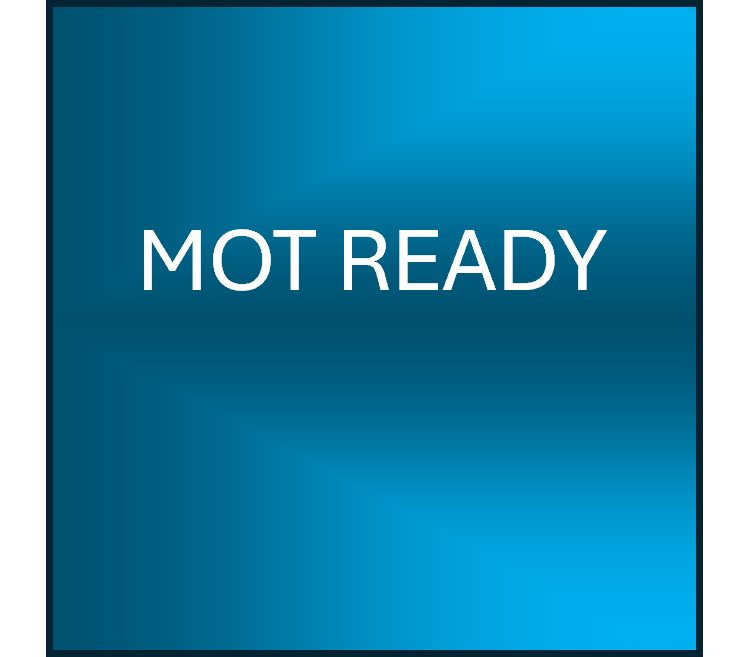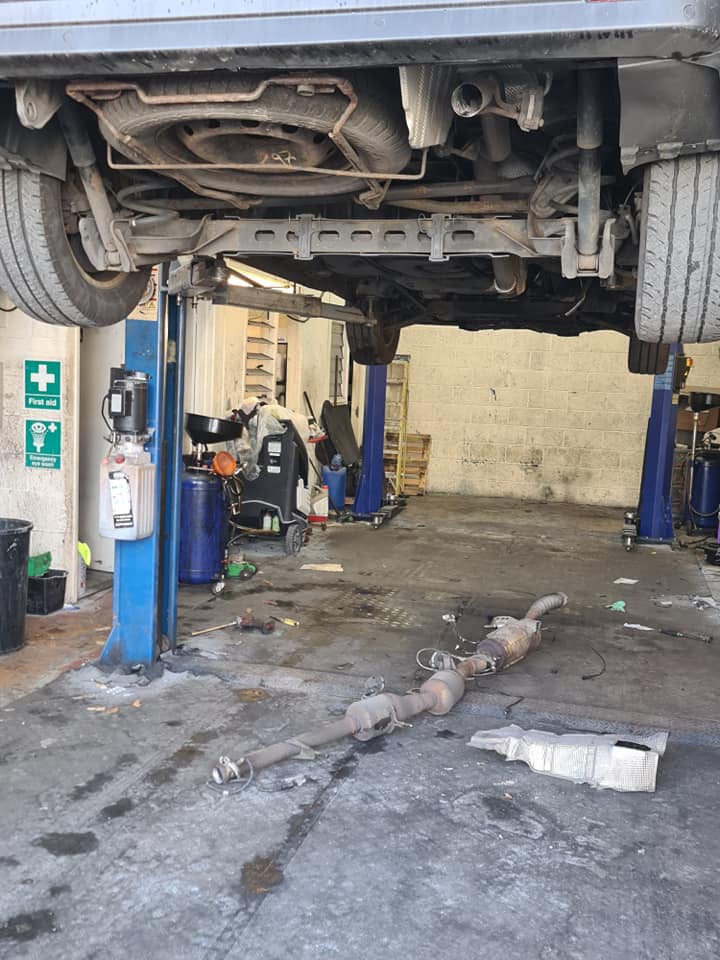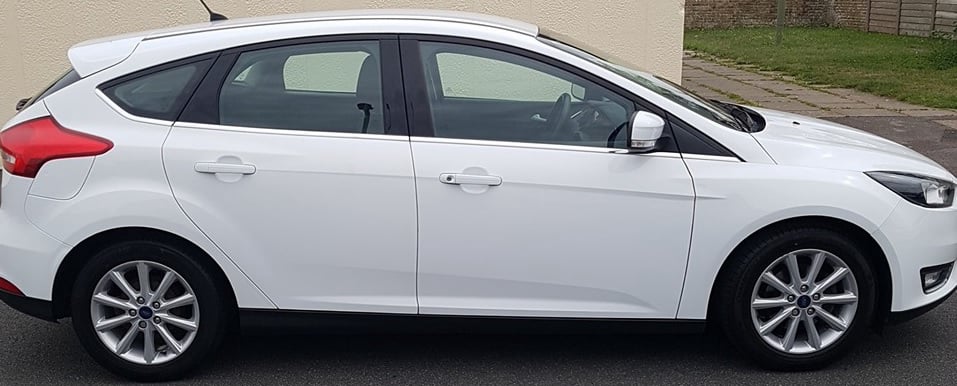
It happens once a year for cars over 3 year old.
But are you prepared for it?

It happens once a year for cars over 3 year old.
But are you prepared for it?

But you can help yourself the misery of being told it's failed and being without your car
just by carrying out some really basic checks prior to taking to the MOT testing centre.

But some of these you can check yourself
The following is a list of easily checkable items that any driver could do prior to taking their car for an MOT:-
1. You can check all the lights to include
Side light.
Dipped Beam.
Main Beam.
Fog Lights.
Brake Lights.
Number plate lights.
Reversing lights.
Signal indicators.
2. The seatbelts
To ensure that they fasten correctly.
The emergency lock mechanism works when pulled sharply.
That there are no tears or that they are fraying.
That they are not hidden underneath a seat as it's not the mot inspectors job to search for them.
3. That the horn works.
4. that there are no chips or cracks on the windscreen.
5. that the wipers are not split and that they clear the screen effectively.
6. That the screen wash has sufficient fluid in it.
and that the jet spray on both side of the windscreen.
7. That there is sufficient brake fluid.
8. That the condition of your tyres meet the legal minimum for tread depth (1.6mm) and that there is no damage to the sidewalls of the tyres.
If you are quite good with DIY mechanics you could possibly check that your brake pads are in good condition as well before taking your car, but things like
wheel bearings, track rods, steering rack, exhaust emissions, brake testing, headlight alignment etc are jobs that most standard drivers are not capable of doing efficiently, and especially the items that need machinery to carry out the checks.
Only carry out work that you are comfortable with doing, and leave the rest to the professionals.
Just taking your car to test and having one light bulb blown will result in the car being failed.
If the garage is quite accommodating they may change the bulb for you and charge you for it when you return to pick up the car, however, they are under no obligation to do this for you and are within their rights to fail your car, make you take it home and repair it and then bring it back for a retest.
This is just going to waste yours and their time. Where just spending five minutes before taking the car to test could have avoided it.
Help yourself by carrying out regular checks to your car to ensure it remains in tip top condition.